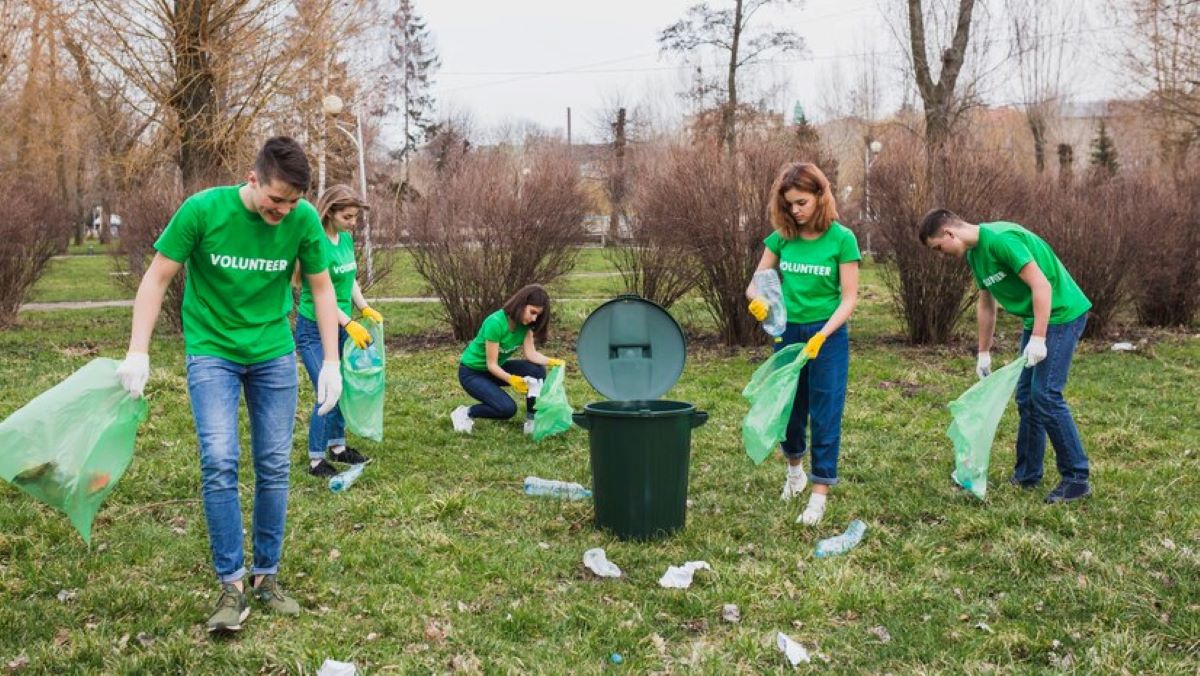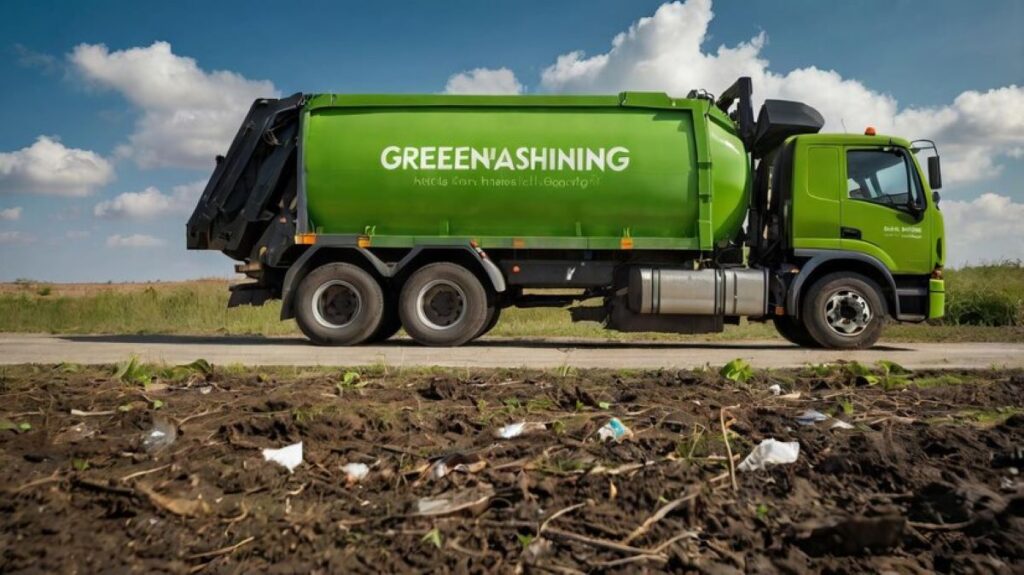Understanding Green Waste Removal Costs and How to Save Money
Efficient management of green waste is an essential aspect of maintaining a sustainable environment. However, many homeowners and businesses may find themselves grappling with the question of how to effectively manage green waste and the associated removal costs. This article will delve into green waste, its management importance, and practical tips on minimising removal expenses.
What is green waste?
Green waste refers to biodegradable waste that is generated from gardens, parks, and other green spaces. This type of waste typically includes grass clippings, leaves, branches, and other organic garden materials. Understanding the categories of green waste is vital for effective management and disposal.
The importance of green waste management
Proper green waste management plays a crucial role in preventing landfill overuse, which can lead to environmental harm and increased greenhouse gas emissions. By managing green waste efficiently, individuals and communities contribute to a more sustainable ecosystem, allowing organic materials to decompose naturally and return nutrients to the soil.
Moreover, green waste can be turned into compost or mulch, which can be reused in gardens to enhance soil quality and foster healthy plant growth. This not only improves local biodiversity but also significantly reduces the need for chemical fertilisers. The process of composting itself is a fascinating transformation, where microorganisms break down organic matter, creating a rich, dark substance that is teeming with life. This compost can then serve as a natural fertiliser, enriching the soil and promoting robust plant health, which is particularly beneficial in urban areas where soil quality may be compromised.
Different types of green waste
Green waste is categorised into several types, each representing a varying level of sustainability and potential for reuse. Common types include:
- Grass Clippings: These are often generated when mowing lawns and can decompose quickly.
- Leaves: Fallen leaves can be collected and either composted or used as mulch.
- Branches and Twigs: These larger materials may require special handling or chipping before disposal.
- Food Scraps: Although not traditional green waste, they can also be composted with garden waste.
Recognising these categories helps in determining the best disposal methods and aligning with local regulations. Additionally, it is important to note that some municipalities offer green waste collection services, allowing residents to easily dispose of their organic waste without the hassle of composting at home. This service not only promotes community involvement in sustainability efforts but also provides an opportunity for local councils to process this waste into high-quality compost, which can be used in public parks and gardens, further closing the loop in waste management.
The cost factors of green waste removal
The expenses associated with green waste removal can vary significantly based on several factors. Understanding these elements will empower homeowners to make informed decisions regarding green waste disposal.
Labour and transportation costs
Hiring a professional green waste removal service often incurs labour and transportation costs. Labour costs can fluctuate based on the service provider’s fees and the amount of time required for removal. Transportation costs depend on the distance to the disposal site and the type of vehicle used.
To save on these costs, consider grouping your waste with neighbours or community members for a shared removal service, as many companies offer discounts for bulk pickups. Additionally, some services may provide a flat rate for larger collections, which can be more economical than paying per load. Engaging local businesses that prioritise sustainability can also be beneficial, as they may offer competitive rates while ensuring that your waste is processed in an environmentally friendly manner.
Volume and weight of green waste
The cost of green waste removal is frequently determined by the volume and weight of the waste. Many services charge based on the size of the load, which means that larger amounts will incur higher costs.
Sorting and reducing the volume of your green waste before collection can lead to significant savings. For example, cutting large branches into smaller pieces can decrease the overall bulk. Furthermore, composting certain types of green waste at home can reduce the amount that needs to be removed, allowing you to recycle nutrients back into your garden. This not only saves money but also contributes positively to the environment by reducing landfill waste.
Local disposal fees and regulations
Each municipality may have different regulations and disposal fees associated with green waste. It is important to be aware of these fees as they can directly affect the overall cost of removal. Additional local regulations may dictate how waste must be sorted, which can also impact pricing.
Checking with your local council about any special rates for green waste or upcoming free disposal days can also lead to considerable savings. Some councils even provide subsidised collection services during peak gardening seasons, encouraging residents to maintain their gardens while managing waste responsibly. Staying informed about these initiatives can help homeowners not only save money but also contribute to community efforts in promoting sustainable waste management practices.

How green waste removal pricing works
Green waste removal cost or pricing can be complex and may vary among service providers. Having a clear understanding of pricing structures can help individuals choose the most cost-effective options.
Fixed price vs. pay-as-you-go systems
Some service providers offer fixed price plans, which cover predetermined volumes of waste. This can be beneficial for those who generate consistent amounts of green waste, as it allows for better budgeting.
On the other hand, pay-as-you-go systems may suit those who generate irregular amounts of green waste. With this model, customers are charged per service based on the actual volume. It’s advantageous if your waste varies significantly but can lead to higher costs if not monitored carefully.
Additional charges to be aware of
When considering a green waste removal service, it is crucial to be aware of potential additional charges. These may include fuel surcharges for longer trips, fees for hazardous materials mixed with green waste, and extra costs for oversized loads.
Before committing to a service, inquire about all potential charges to avoid surprises on your final bill, allowing for better financial planning. Additionally, some providers may impose seasonal pricing adjustments, particularly during peak gardening seasons when demand for green waste removal surges. This can lead to fluctuating rates, so it is wise to compare quotes from different companies and understand their pricing policies thoroughly.
Moreover, many service providers offer discounts for regular customers or bulk removals, which can significantly reduce overall costs. For instance, if you opt for a subscription service that includes regular pickups, you might find that the per-visit charge decreases. It’s also worth exploring community initiatives or local councils that may offer subsidised green waste removal services, as these can provide both financial relief and promote environmentally friendly practices within the community.
Tips to reduce green waste removal costs
Reducing the costs associated with green waste removal is achievable with a few conscious efforts on your part. Below are several strategies to consider.
Composting at home
One of the most effective ways to reduce green waste is by composting at home. Composting transforms organic waste into valuable fertiliser for gardens, drastically cutting down on the amount of green waste needing removal.
Setting up a compost bin or heap is relatively straightforward. By layering green waste with brown materials like dried leaves or cardboard, decomposition can occur naturally. This not only saves money but also cultivates a healthier garden. Moreover, composting enriches the soil, improves its structure, and enhances its ability to retain moisture, which can be particularly beneficial during dry spells. As you watch your compost pile break down, you’ll also gain a deeper appreciation for the natural recycling processes that occur in nature.
Choosing the right green waste removal service
Shopping around for the best green waste removal service can lead to significant savings. Compare quotes from different companies while also considering the quality of service, customer reviews, and any additional benefits they may offer, like free quotes or promotions.
Sometimes, community services can provide lower-cost options compared to commercial services, particularly for residents of specific areas. Additionally, some local councils may offer subsidised green waste collection services or even provide free collection days, encouraging residents to dispose of their waste responsibly. By staying informed about these opportunities, you can not only save money but also contribute to a more sustainable community.
Reducing green waste through mindful gardening
Mindful gardening practices can significantly minimise the amount of green waste generated. This includes proper planning of your garden layout, choosing plants that require less maintenance, and implementing techniques such as planting perennials to reduce annual pruning.
Additionally, maintaining a regular gardening schedule can help manage the volume of green waste, allowing you to reduce pick-up frequency and associated costs. Incorporating practices such as mulching can also suppress weeds and retain soil moisture, further decreasing the need for excessive pruning or waste generation. By selecting native plants that are well-adapted to your local climate, you can create a thriving garden that requires less water and care, ultimately leading to a more sustainable gardening approach that benefits both your wallet and the environment.
The environmental and financial benefits of efficient green waste management
The impact of green waste management extends beyond aesthetics or convenience; it also encompasses significant environmental and financial benefits.
The role of green waste in reducing landfill waste
Efficient green waste management significantly contributes to lessening the burden on landfill sites. When green waste is composted or recycled, it reduces the overall volume of waste heading to landfills, which can delay the need for new landfill sites. Check out more about the best green waste removal in sydney for eco-friendly disposal on https://johninnes.info/the-best-green-waste-removal-in-sydney-for-eco-friendly-disposal/
This is crucial, as landfills are a source of methane production — a potent greenhouse gas. By managing green waste properly, individuals play a role in combating climate change.

The potential savings from efficient green waste management
Taking the time to efficiently manage your green waste can lead to substantial financial savings over time. Not only do individuals save on removal costs, but they also benefit from the nutrients composting provides to their gardens.
Investing in green waste management not only fosters a more sustainable environment but can ultimately lead to lower gardening costs, healthier plants, and a more vibrant community.
In conclusion, understanding green waste removal costs and implementing effective management practices can lead to significant savings and environmental benefits. By recognising the various aspects of green waste, being aware of cost factors, and adopting strategies to minimise waste, individuals can contribute positively to their communities and the planet.




